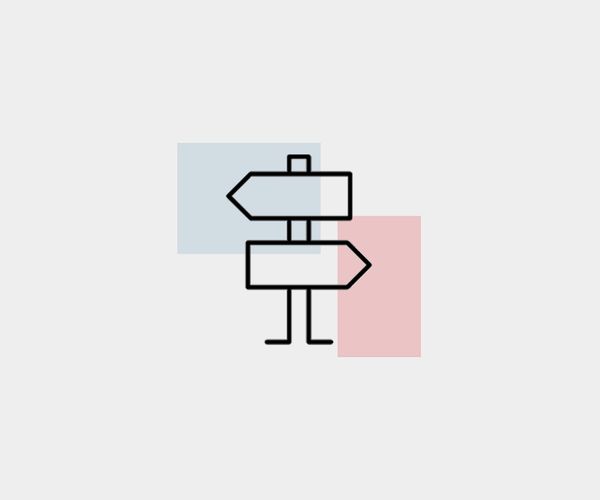Writing classes are interactive, with students talking, writing, and collaborating with each other, in various permutations of pairs, small groups, and larger groups, nearly constantly.
But how do you decide what kind of peer-to-peer work to integrate into a given class? This page offers some tips for instructors.
You may also be interested in the Center for Teaching & Learning’s guide to planning peer review activities.
Preliminary Considerations
- Goals
- What do you want students to accomplish in, or learn from, the group or peer-to-peer work you will have them do?
- What are your goals for the writer, if students are doing a peer review session?
- What are you goals for other students?
- Prep (Homework)
- What will you do, and what will your students do, to prepare for the session before it begins?
- What should students bring with them to the class?
- Group Composition
- Will students work together as the entire class, in small groups, or in pairs?
- How will groups or pairs be determined?
- Are you mixing students up according to topic, friend groups, language background, skill level, familiarity with each other, or another factor? Or are you deliberately grouping students together based on one or more of those factors?
- Will the same groups continue working together for a week, a unit, or some other length of time?
- Will you be holding group conferences with these same groups, and if so, do their schedules permit this?
- Duration
- Will the peer-to-peer activity last for the whole class or part of the class?
- If part of class, for how long?
- What will you do before and/or after?
The Day of the Lesson
- Set-Up (Framing)
- How will you set up the session? Typically, you will remind/inform students of the goals for the session and describe the work they will be doing.
- Task
- What, concretely, should students do in their groups? Speaking? Listening? Writing?
- Product
- Recall that group work is generally most successful when students are responsible for producing a tangible product (three passages to share in discussion, a piece of revised writing, a plan for starting revision, etc.).
- What do you want students to produce by the end of their workshop/peer review session?
- What is the “take-away”?
- Follow-Up (Framing)
- What will you do to follow up after the peer-to-peer work is completed?
- If you have students work in small groups or pairs, it is generally a good idea to follow up by checking in with the whole class. For example, you might reconvene the class and have groups summarize their discussions.
- You could also have students do some exit writing (informal writing that gives students an opportunity to reflect in some way on the class or that allows you to collect information from students), or make individual check-lists for their own next steps for revision, etc.
